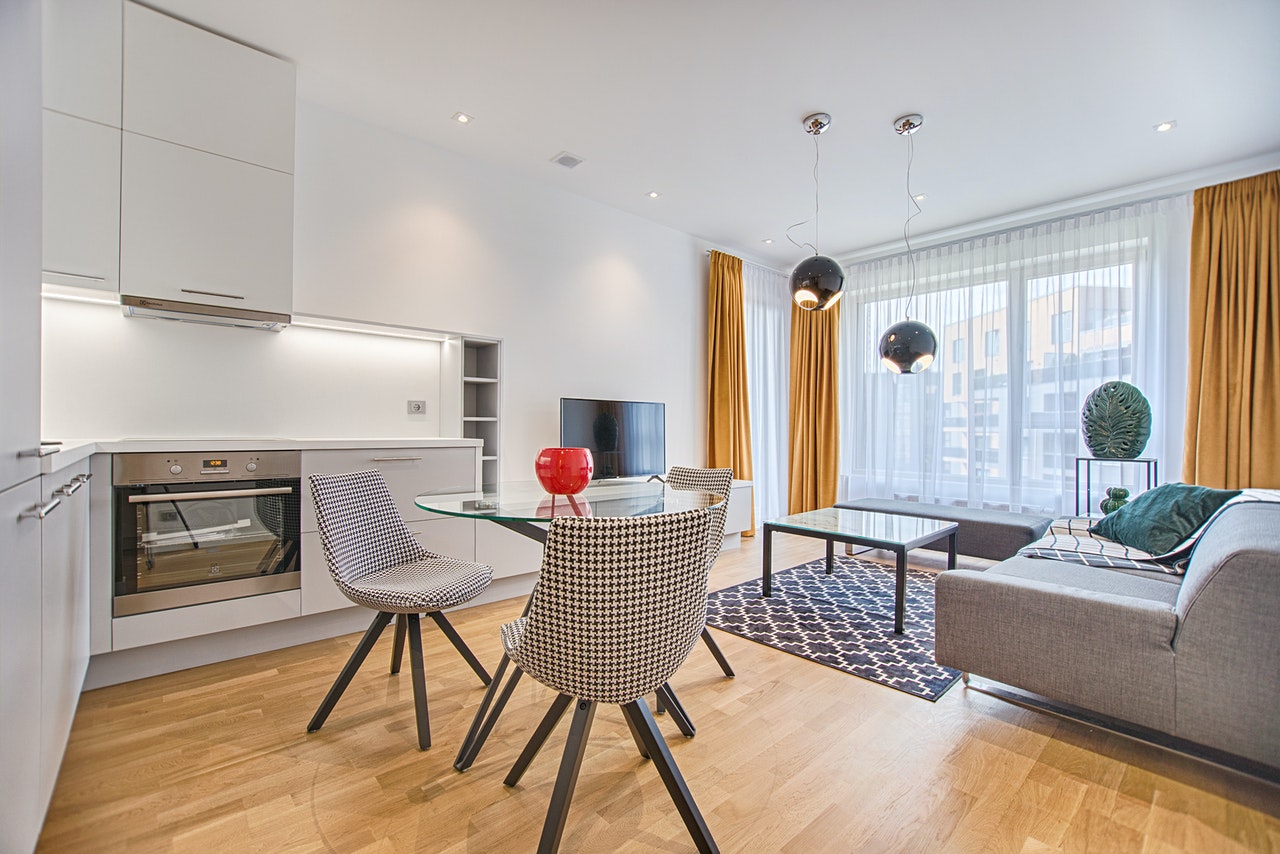
17 Apr Should Engineered Hardwood Flooring Have Gaps?
One of the main advantages of engineered hardwood over solid hardwood is the dimensional stability displayed by engineered planks. Traditional solid hardwood floor boards are prone to shrinkage or expansion depending on the surrounding humidity levels. Engineered hardwood floor boards, on the other hand, are constructed in such a way that this expansion and contraction is minimized. When it comes to the question of, “Should engineered hardwood flooring have gaps?” the honest answer is that there will always be some type of gap between hardwood planks, but these gaps can be minimized by using engineered hardwood.
Dimensional Stability
The reason engineered hardwood is less prone to expansion and contraction due to moisture, humidity and temperature change is because of the cross grain layering of its plywood core. The core of engineered hardwood planks is composed of several layers of plywood with the wood grain of each layer laid down perpendicular to the layers above and below it. This reduces the ability of the wood to expand or contract. Although this doesn’t completely stop these fluctuations, engineered planks are much less susceptible than solid hardwood planks.
Minimizing Gaps Due To Climate
Although changes in humidity, temperature and moisture levels will always create some sort of expansion and contraction in any type of wood flooring materials, one way to minimize gapping is to allow the floorboards to acclimatize to the room they’re being installed in. All this entails is leaving the planks in the room for a few days before installation to allow them to adjust to the humidity, temperature and moisture levels particular to that room. When the floorboards are finally installed, the chances of them noticeably expanding or contracting is greatly minimized. Once the floorboards are installed, maintaining stable humidity levels can reduce the chances of noticeable gaps. This may require humidifier or dehumidifier use depending on the conditions.
Gaps Due To Installation
Another way that noticeable gaps occur between hardwood floorboards is with problems during installation. Once the planks are allowed to acclimatize, it’s important that they’re laid down precisely. This is especially important with floorboards that are nailed or glued down. If gaps exist during the installation process it’s very likely that they’ll be there permanently. If you’re not installing a click and lock system, enlisting an experienced technician is your best defence against floorboard gaps due to installation problems.

No Comments